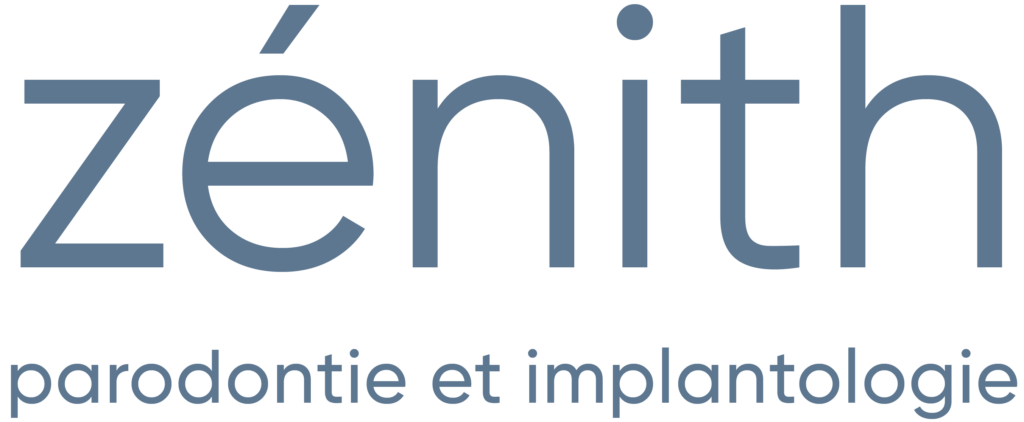DISCOVER OUR
TREATMENTS
NON-SURGICAL TREATMENTS FOR
PERIODONTITIS
Deep cleaning of the teeth (also known as root planing) is performed under local anesthesia to make the procedure more comfortable. This helps clean the teeth beneath the gums and assists the supporting bone in partially healing. During this treatment, special tools are used to go deep beneath the gums to remove plaque and tartar from the roots of the teeth. If necessary, antibiotics may be prescribed. In short, these treatments aim to reduce inflammation and close the pockets around the teeth as much as possible.
For stable, optimal results over the long term, effective daily personal care and a maintenance phase (regular, more frequent dental cleanings) are very important.
SURGICAL TREATMENTS FOR
PERIODONTITIS
If deep pockets persist despite non-surgical treatment (deep cleaning), certain surgical therapies can help eliminate them further. This improves access for better daily cleaning (with toothbrush, floss, brushes, etc.) and helps stabilize periodontitis in the long term.
This procedure involves removing a small portion of the gum to gain direct access to the roots and bone, and remove deeply lodged plaque and tartar deposits. Sometimes, bone reshaping is also required. Although this surgery effectively reduces pockets, one drawback is that teeth can appear slightly longer afterwards. This is why this treatment is often performed in posterior areas.
A gum graft is recommended to cover a bare root or implant, or to strengthen the gum to prevent future gingival recession (loosening). The tissue used for the graft is generally taken from the patient's palate. Although there are other options for obtaining graft tissue, palatal harvesting is often the best option regarding the quality and durability of results. There are several grafting techniques, and your periodontist will advise you on the one best suited to your situation.
